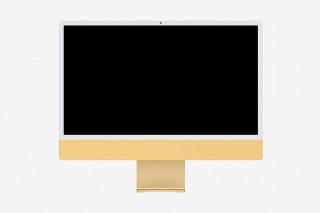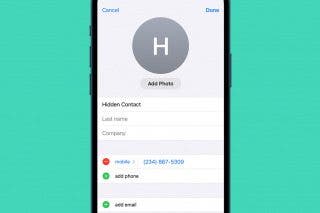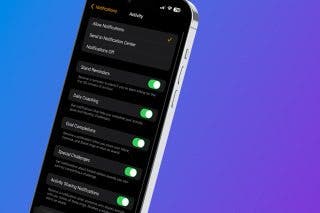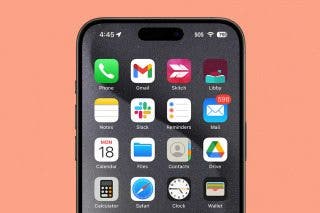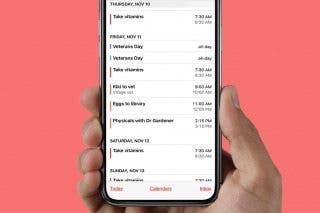Coronavirus Prevention: How to Clean & Sanitize Your iPhone, iPad, Apple Watch, AirPods & Apple TV Remote


The current panic about the novel coronavirus causing the COVID-19 outbreak has made us all a little more conscious about bacteria, viruses, and germs in general. While you're busy house cleaning and washing your hands to prevent disease and kill germs, remember to disinfect and sanitize your Apple devices, including your iPhone, iPad, Apple Watch, AirPods, EarPods, Mac, and even your Apple TV remote. Whether or not you ever come in contact with the coronavirus, studies have shown that our phones are downright filthy. A University of Arizona study shows that the average cell phone carries ten times more germs than a toilet. Ew. Bacteria found on iPhones include Streptococcus, MERS, and E. Coli, and viruses can linger on your smartphone as well. If this news leaves you wondering how to clean your phone and other Apple devices, this article will fill you in on all the methods to disinfect or sterilize them all without damaging them. Let's get started.
Related: 5 Apps That Move Medical Research Forward
How Long Does Coronavirus Stay on Surfaces?
According to the Journal of Hospital Infection, coronaviruses can hang out on solid surfaces made of plastic, glass, or metal for up to nine days. This means that it's a great idea to sanitize items like doorknobs, toys, keys, and, of course, your iPhone, iPad, Apple Watch, and other Apple tech.
Don’t Clean Your iPhone, iPad & Other Apple Devices with These Substances
"OK, time to get the germs off my iPhone, I'll just wipe it down with hydrogen peroxide!" Please, don't. Apple has made the latest iPhones with oleophobic (oil resistant) coatings. Most cleaning products can strip this layer away, damaging your iPhone's finish. According to Apple, iPhone owners should never use the following substances to clean their phones: "window cleaners, household cleaners, compressed air, aerosol sprays, solvents, ammonia, abrasives, or cleaners containing hydrogen peroxide." Apple previously advised that consumers not use alcohol-based cleaners, since they can wear away the iPhone's oleophobic coating. That guideline has just been changed.
Apple News: Apple Updates Cleaning Guidelines to Include Clorox Wipes
On March 3, 2020, in response to the novel coronavirus outbreak, Apple issues the following update to its iPhone cleaning guidelines:

Apple reminds people to clean only the hard surfaces of their devices with a 70 percent isopropyl alcohol wipe, such as a Clorox Wipe, and keep moisture away from openings, including microphone and speaker meshes. As well, Apple Watch bands shouldn't be cleaned with antimicrobial wipes as they could be damaged. The warnings about potential damage to your iPhone's oleophobic coating is still present on Apple's website, so make of that what you will.
How to Clean & Sanitize Your iPhone, iPad & Other Apple Products
To clean and sanitize your device, Apple recommends that you:
- Remove your device's case and clean the case according to the manufacturer's instructions.
- Turn off your phone or tablet and unplug any attached cables.
- Thoroughly clean your device with a 70-percent isopropyl alcohol wipe, such as a Clorox wipe (other brands like Lysol will work too).
- Avoid excessive wiping and rubbing; this may damage finishes.
- Be very careful not to get moisture in any ports or openings.
- Do not use any cleaning products other than antimicrobial wipes, including sprays, abrasives, or compressed air.
How Do You Make Homemade Disinfectant Wipes?
In the last few weeks, the shelves have been emptied of Clorox wipes, Lysol wipes, and just about any other sanitizing cleaners you can name. Stores are beginning to limit how many high-demand items customers are allowed to buy, so hopefully, disinfectant wipes will be available again soon. In the meantime, there are lots of DIY options for how to make homemade Clorox disinfectant wipes. Apple hasn't approved homemade wipes, but sanitizing our phones and other often-used tech is an important step in slowing the spread of coronavirus. You can use ultraviolet light to sanitize your phone, or try out a homemade disinfectant wipes recipe. Be sure that whatever recipe you choose, the wipes incorporate 70 percent isopropyl alcohol to destroy coronavirus and other microbiology.
Phone Cases, iPad Cases & Screen Covers
Protects: iPhone, iPad
If you're worried about the effects of disinfecting wipes on your iPhone and iPad, how about using a phone or iPad case and screen cover? One reader in our Facebook group pointed out that if your phone or tablet is completely covered by these protective devices, you can use an antimicrobial wipe without fear of damage (check manufacturer's cleaning instructions first). There are so many phone cases out there; we have several roundups of iPhone cases and screen covers you can read through to select the right one. We also have reviews of iPad cases and iPad screen covers to look through.
UV Light Sanitizer Kills Coronavirus & Other Pathogens
According to research at the Columbia University Medical Center, UV-C light kills airborne viruses, as well as viruses on surfaces. Bacteria will also fall victim to the DNA-destroying power of a UV-C lamp. Be aware, though, that UV-C light can temporarily damage your eyes and skin. Make sure that, however you use a UV-C bulb, you follow safety precautions and protect your eyes. While UV-C light will get rid of all the unwanted bacteria and viruses on your devices, it won't remove dust, smudges, and stains.
UV-C Germicidal Light ($2.75 and up)
Sanitizes: All Apple devices

If you want the convenience of charging your iPhone while it sanitizes, check out the PhoneSoap products below. If, however, you're on a budget, look into all the different UV-C light bulbs and devices online and choose what works best for you. You can buy an inexpensive UV-C bulb and place it in a lamp inside a closet or cupboard with the items you'd like to sanitize. UV-C bulbs don't heat up much, they're about on par with fluorescent bulbs, but you should still be sure that the lamp and bulb are a safe distance from the wall, ceiling, floor, and any flammable material.
UV Light Sanitizer Wand ($33.99 and up)
Sanitizes: All Apple devices

A UV sanitizing wand is a medium-cost solution to your iPhone cleaning question. This wand works in the same way as the other UV-C lights, by destroying the DNA of microorganisms on hard surfaces. The average bacterium will die after 10 seconds of exposure at a distance of six inches from one of these wands. If you are feeling extra cautious, 3 minutes on each side of your phone should do the trick.
PhoneSoap UV-C Sanitizing Devices ($79.95–$199.95)
Sanitizes: iPhone, Apple Watch, AirPods, EarPods, Apple TV remote

PhoneSoap phone sanitizers use UV-C light to destroy viruses and bacteria (even antibiotic-resistant strains). Your iPhone can charge while getting rid of 99.9 percent of microorganisms, including pathogens that can make you and your family sick. You can also use the PhoneSoap to safely sanitize other small Apple devices like your Apple TV remote, Apple Watch, AirPods, and EarPods, as well as items like jewelry and keys. Medical professionals, caregivers, and anyone concerned about reducing the risk of disease transmission in day-to-day life will love this product. If you'd like to learn more about how PhoneSoap devices operate in real-world and lab settings, visit its webpage.

Leanne Hays
Leanne Hays has over a dozen years of experience writing for online publications. As a Feature Writer for iPhone Life, she has authored hundreds of how-to, Apple news, and gear review articles, as well as a comprehensive Photos App guide. Leanne holds degrees in education and science and loves troubleshooting and repair. This combination makes her a perfect fit as manager of our Ask an Expert service, which helps iPhone Life Insiders with Apple hardware and software issues.
In off-work hours, Leanne is a mother of two, homesteader, audiobook fanatic, musician, and learning enthusiast.
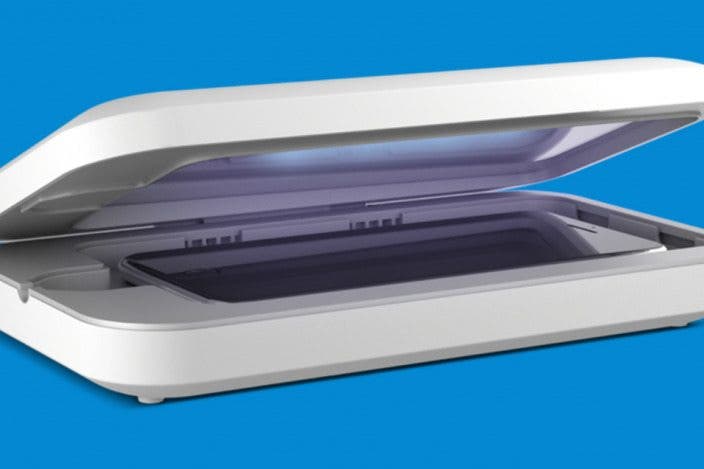
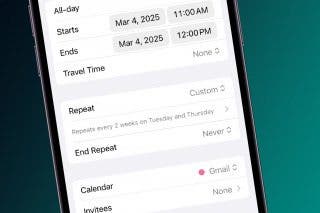
 Rhett Intriago
Rhett Intriago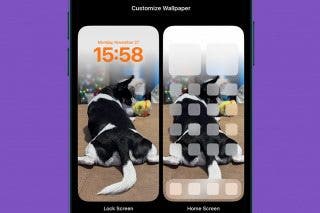
 Olena Kagui
Olena Kagui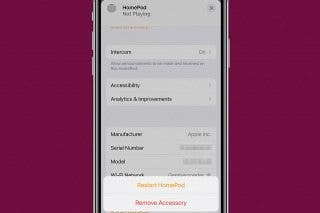
 Amy Spitzfaden Both
Amy Spitzfaden Both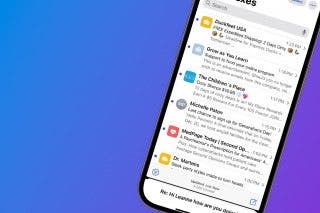
 Leanne Hays
Leanne Hays
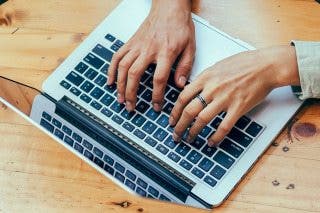
 Devala Rees
Devala Rees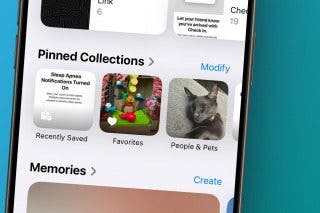
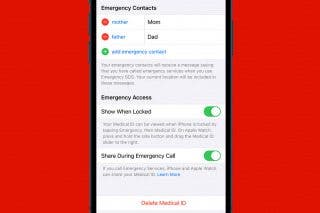
 Rachel Needell
Rachel Needell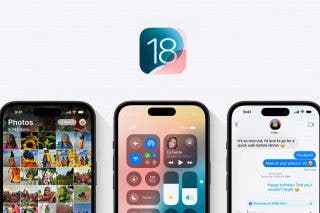
 Ashleigh Page
Ashleigh Page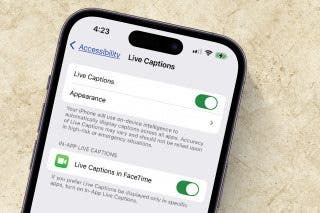

 Hal Goldstein
Hal Goldstein